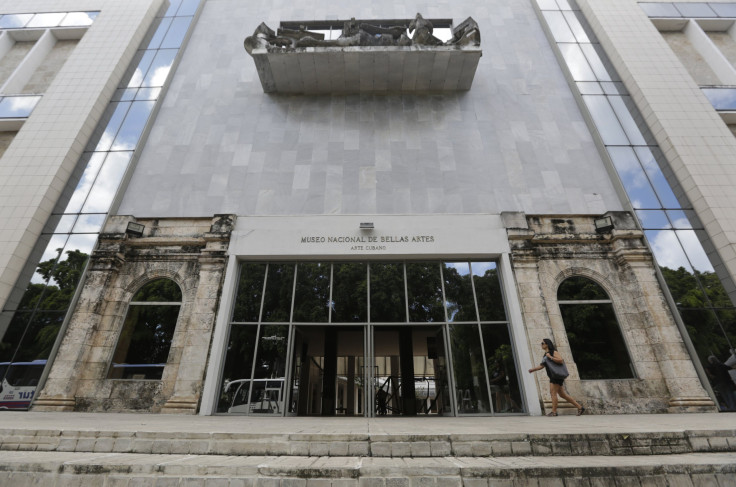Will Cuba's 100 Stolen Art Pieces Find Their Way Home?

It began with a phone call. Ramón Cernuda, a Cuban art collector, called the Museo Nacional de Bellas Artes, or National Art Museum, in Havana with an unusual question: He wanted to know if the painting he had acquired at a Miami gallery two weeks prior had, in fact, been taken from the museum.
Luz Merino, vice chairman of the museum, took the call and said she was not aware of any pieces disappearing from the collection, but she would check. Three hours later, Merino called back, and said the piece had indeed been taken from the museum’s basement, together with other paintings. The date of the robbery is unknown.
The purchased piece, “Carnaval Infantil” by painter Eduardo Abela, was detected as stolen during the cataloguing process in Miami. “We saw it reproduced in a book about Abela, where it clearly stated the piece belonged to the Cuban Art Museum,” he told Spanish newspaper El País.
Cernuda, who has owned a gallery since 2000, had previously collaborated with the FBI on art and antiques investigations. Two years ago his help led to the arrest of a crime group that tried to sell him more than 10 stolen pieces of Cuban modernism.
“Carnaval Infantil” was not the only stolen painting in Miami. “The day after I went back and found that there were many others -- including 10 that had been cut with a knife by the robbers,” he said.
On Friday, the Consejo Nacional de Patrimonio Cultural de Cuba (Cuban National Cultural Heritage Council) confirmed that there was a “significant amount of pieces” missing from the basement of the Museum.
“Access to the room had not been violated, so we cannot indicate the exact date the robbery happened (…). The criminals cut the pieces and put the frames back into place, so there was no way to know at first sight,” read the statement released by the council. “At least 95 pieces have been taken, but there may be more,” said Cernuda.
The Art Museum of Havana has the most complete collection of Cuban art in the world, acquired since its founding in 1913. This is not the first massive robbery, but it is the first time that the Cuban government openly shared information on all the pieces taken, including technical data and images.
In 1995, another 40 paintings were taken in a robbery in which the museum suspects authorities were involved, though it was never confirmed. The Cintas Foundation, which helps promote Cuban artists, unsuccessfully sued Sotheby’s in Spain for selling two of those pieces at auction.
According to numbers from The Art Loss, the largest database on private art robberies, annual losses from stolen art add up to $1 billion.
Meanwhile, “Carnaval Infantil” is in the FBI’s hands and it will be returned to the Art Museum. The destination of the rest of the pieces remains unknown.
© Copyright IBTimes 2024. All rights reserved.





















